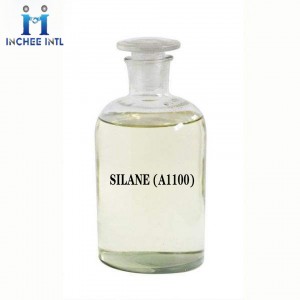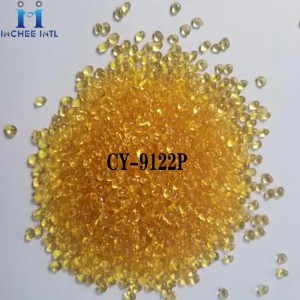Manufacturer Good Price DI METHYL ETHANOLAMINE (DMEA) CAS:108-01-0
Synonyms
N,N-Dimethyl-2-hydroxyethylamine, 2-dimethylaminoethanol
Applications of DMEA
The catalytic activity of N,N-dimethylethanolamine DMEA is very low, and it has little effect on foam rise and gel reaction, but dimethylethanolamine DMEA has strong alkalinity, which can effectively neutralize the trace amount in the foaming components Acids, especially those in isocyanates, thus retain other amines in the system. The low activity and high neutralizing ability of dimethylethanolamine DMEA acts as a buffer and is particularly advantageous when used in combination with triethylenediamine, so that the desired reaction rate can be achieved with low concentrations of triethylenediamine.
Dimethylethanolamine (DMEA) has a wide range of uses, such as: dimethylethanolamine DMEA can be used to prepare water-dilutable coatings; dimethylethanolamine DMEA is also a raw material for dimethylaminoethyl methacrylate, which is used to prepare anti- Static agents, soil conditioners, conductive materials, paper additives and flocculants; dimethylethanolamine DMEA is also used in water treatment agents to prevent boiler corrosion.
In polyurethane foam, dimethylethanolamine DMEA is a co-catalyst and a reactive catalyst, and dimethylethanolamine DMEA can be used in the formulation of flexible polyurethane foam and rigid polyurethane foam. There is a hydroxyl group in the molecule of dimethylethanolamine DMEA, which can react with isocyanate group, so dimethylethanolamine DMEA can be combined with the polymer molecule, and it will not be as volatile as triethylamine.



Specification of DMEA
|
Compound |
Specification |
|
Appearance |
|
|
Purity |
≥99.8% |
|
Color |
≤20 APHA |
|
Moisture |
≤500mg/kg |
|
VG |
≤5mg/kg |
|
EG |
≤5mg/kg |
|
DMAEE |
≤100mg/kg |
Packing of DMEA


180kg/drum
Storage should be at cool, dry and ventilate.








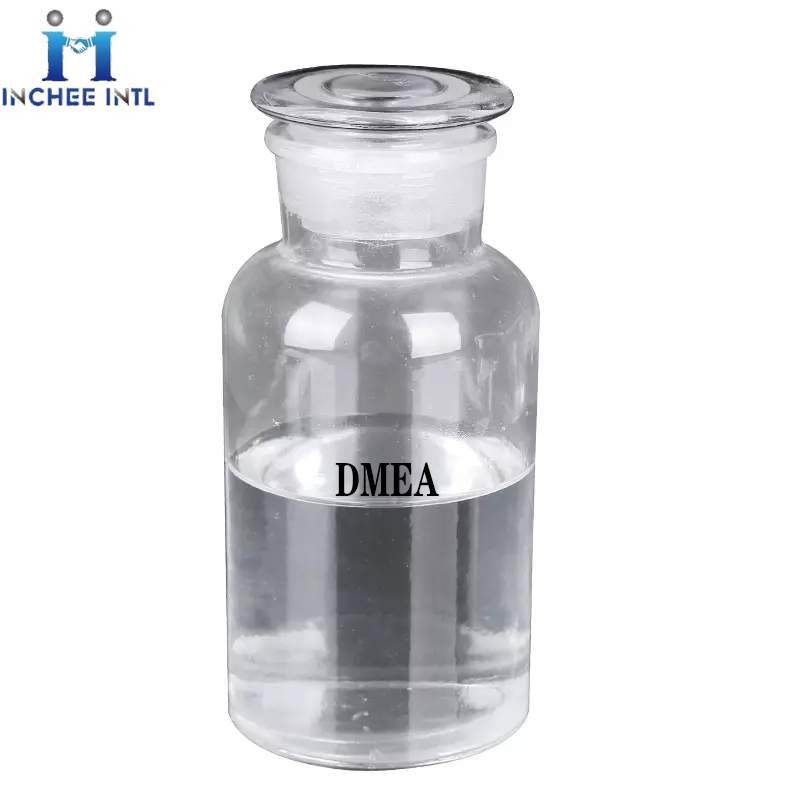
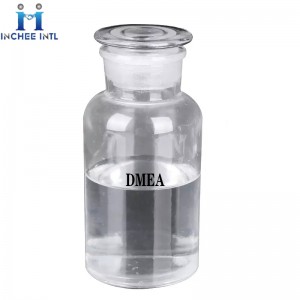
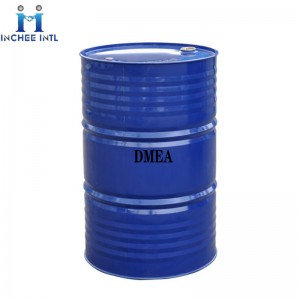


![Manufacturer Good Price SILANE (A187) [3-(2,3-Epoxypropoxy) propyl] trimethoxysilane CAS: 2530-83-8](https://cdn.globalso.com/incheechem/SILANE-A187......-300x300.jpg)
